Burberry celebrates 160th Anniversary with 'The Tale of Thomas Burberry'
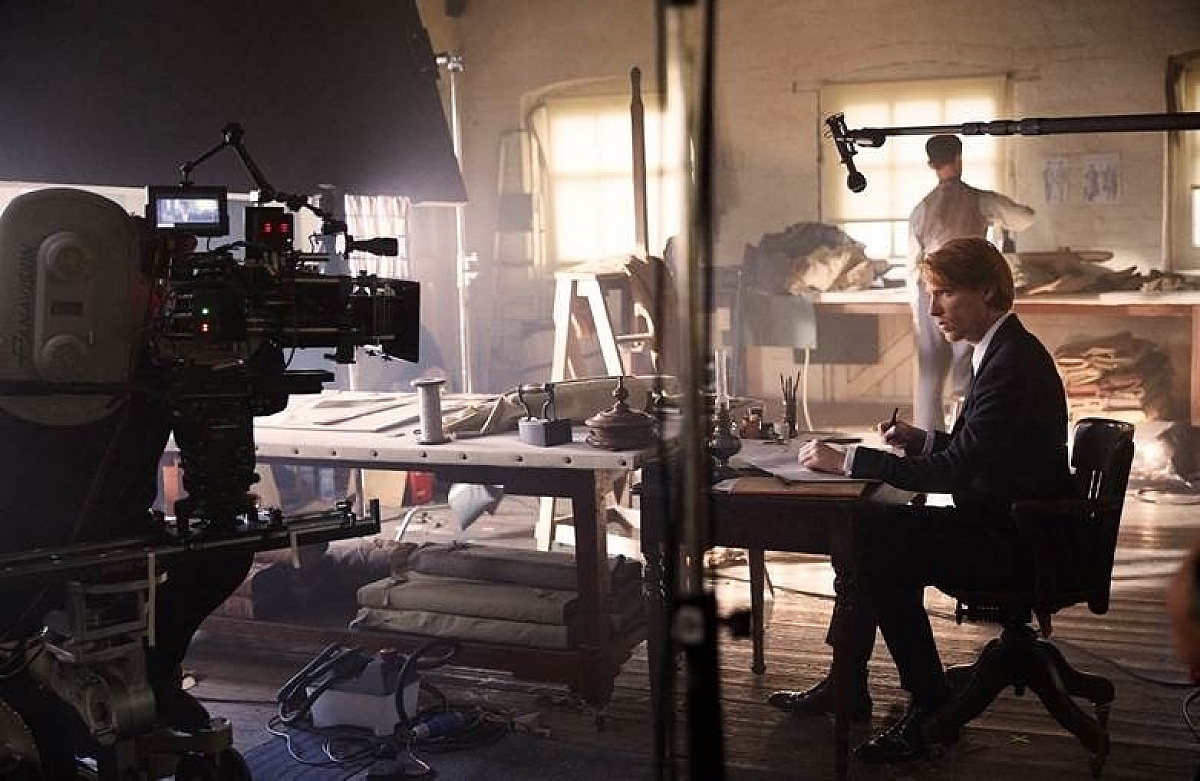
Domhnall Gleeson as the eponymous company founder Thomas Burberry. © Images courtesy of Burberry.
Burberry, the iconic British luxury brand, has marked its 160th anniversary with The Tale of Thomas Burberry, a three-minute, cinematic film that reimagines key events that have shaped the company’s history and values in the style of a Hollywood movie trailer.
Filmed in widescreen anamorphic on Kodak 35mm color and B&W stocks, The Tale of Thomas Burberry tells the story of company founder Thomas Burberry – pioneer, inventor, innovator, and the man behind the iconic trench coat – whose extraordinary life threaded its way through tumultuous highs and lows of the early twentieth century.
Real-life moments re-enacted in the biopic include Thomas Burberry’s founding of the company in 1856, his invention of the weatherproof fabric gabardine, dressing the military and outfitting polar explorers and pilots, all intertwined with a dramatic and passionate love story. The lavish production has been well-received by fashion commentators worldwide and described as one of the best commercials of the year.
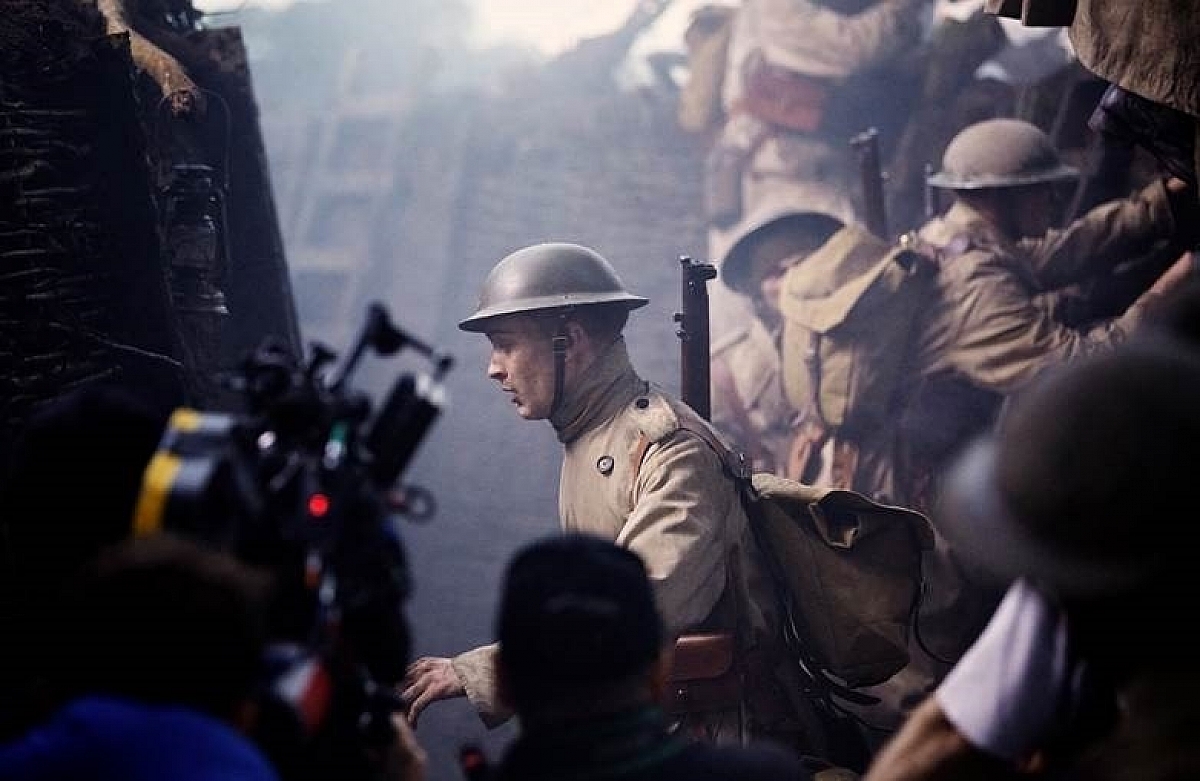
A shot from the WWI trenches. © Images courtesy of Burberry. © Images courtesy of Burberry.
To do the story justice, the in-house creatives at Burberry turned to a team of 21st century talents – Asif Kapadia, the Oscar®-winning director of Amy, and a stellar cast of actors: Domhnall Gleeson as eponymous company founder Thomas Burberry, Sienna Miller as his fictional first love, and Dominic West as Sir Ernest Shackleton, the pioneering polar explorer who wore Burberry gabardines for three Antarctic expeditions. Lily James features as pilot Betty Dawson, a fictionalized character inspired by the real-life achievements of Betty Kirby-Green, who broke the world record in 1937 for a return flight from England to Cape Town in an airplane named ‘The Burberry.’
Cinematography on the production was supervised by Dion Beebe ACS ASC, the Academy Award®-winning cinematographer of Memoirs of a Geisha. The screenwriter was Matt Charman, Oscar®-nominated for Bridge of Spies, and costumes were made by Burberry’s own design team. The production was produced via Black Label Productions, London, which has a reputation for high-end luxury commercials projects.
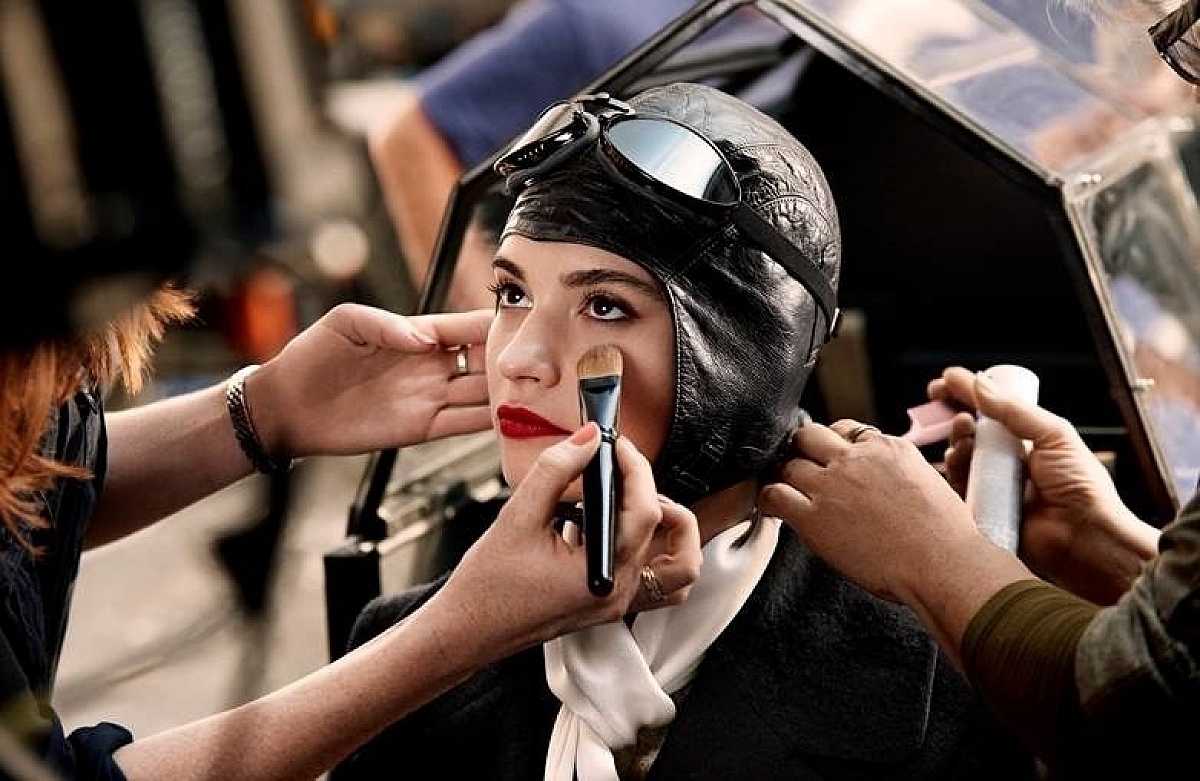
Lily James features as pilot Betty Dawson. © Images courtesy of Burberry.
“The one thing we have always done is to focus on achieving superior quality and texture in our productions. Whatever we produce, the end-result has got to be rich and it’s got to be fantastic-looking,” says Dom Freeman, executive producer and managing director of Black Label Productions. “When the question comes up of how were are going to arrive at that desired result, the answer is always the same – it’s got to be 35mm. Film has a unique way of making the final image more beautiful and more luxurious than digital, and because of its superior texture and resolution, you know it will also stand the test of time. So 35mm film was an automatic choice for The Tale of Thomas Burberry from the very start.”
The production shot primarily at Shirburn Castle in Oxfordshire, with the location serving as the backdrop for the faithfully-recreated First World War trench scenes, Thomas Burbery’s workshop (inspired by materials contained within the Burberry Archive), and a grand ballroom sequence. Replica gabardine tents, made at Burberry’s Castleford factory in Yorkshire, were created for the Artic exploration scenes, which were filmed in a studio in London.
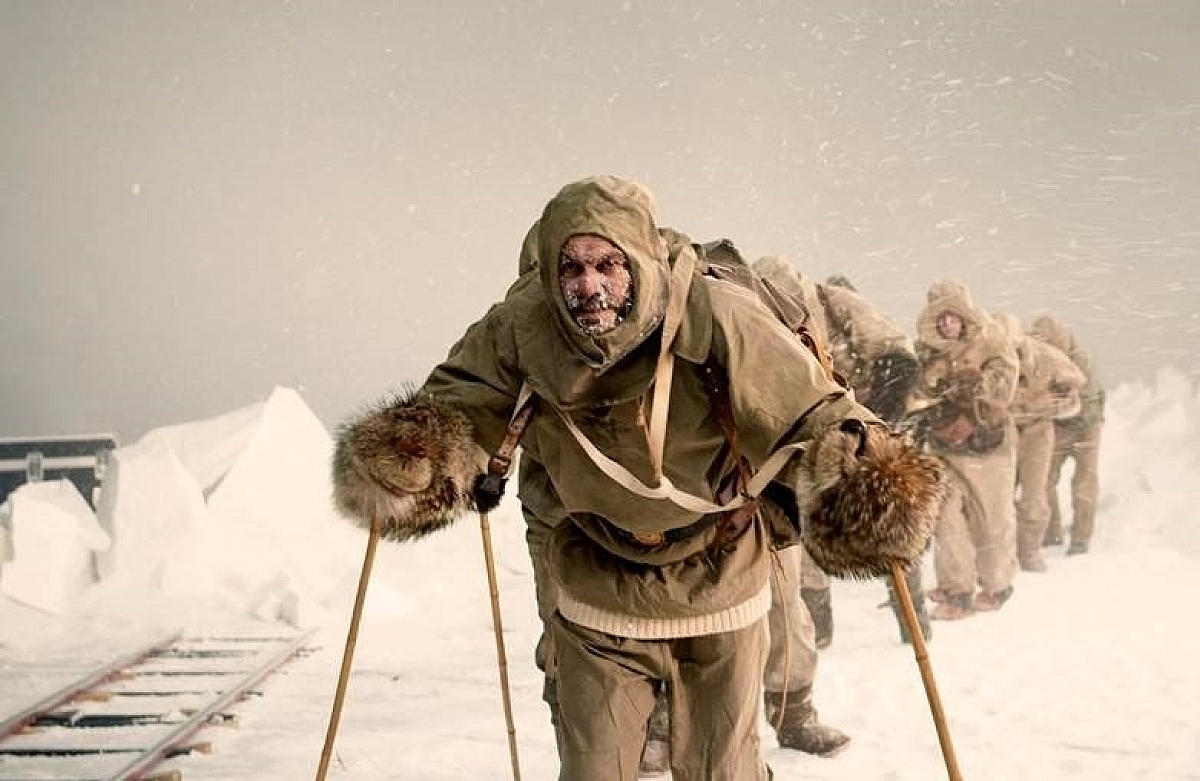
Dominic West as pioneering polar explorer Sir Ernest Shackleton. © Images courtesy of Burberry.
Beebe used KODAK VISION3 500T Color Negative Film 5219 for the day and night-time interior scenes, VISION3 200T 5213 for day exteriors, and B&W DOUBLE-X Black & White Negative Film 5222 for the First World War trench and Arctic exploration scenes.
As he explains: “The narrative journey is shown in a series of carefully-crafted vignettes, always alluding to the bigger story as a trailer would. To photograph these highlight moments, I approached this production exactly the way I would a major motion picture. We needed to have real production value, in terms of the scale, depth and richness of the different worlds we were visualizing – big day exteriors of the trenches, big interiors of ballrooms with candelabras and dancers, the intimate workshop scenes, and fierce Arctic blizzards. Each had to imbue with an appropriate mood, atmosphere and richness of texture – and motion picture negative film was certainly the right tool for this.
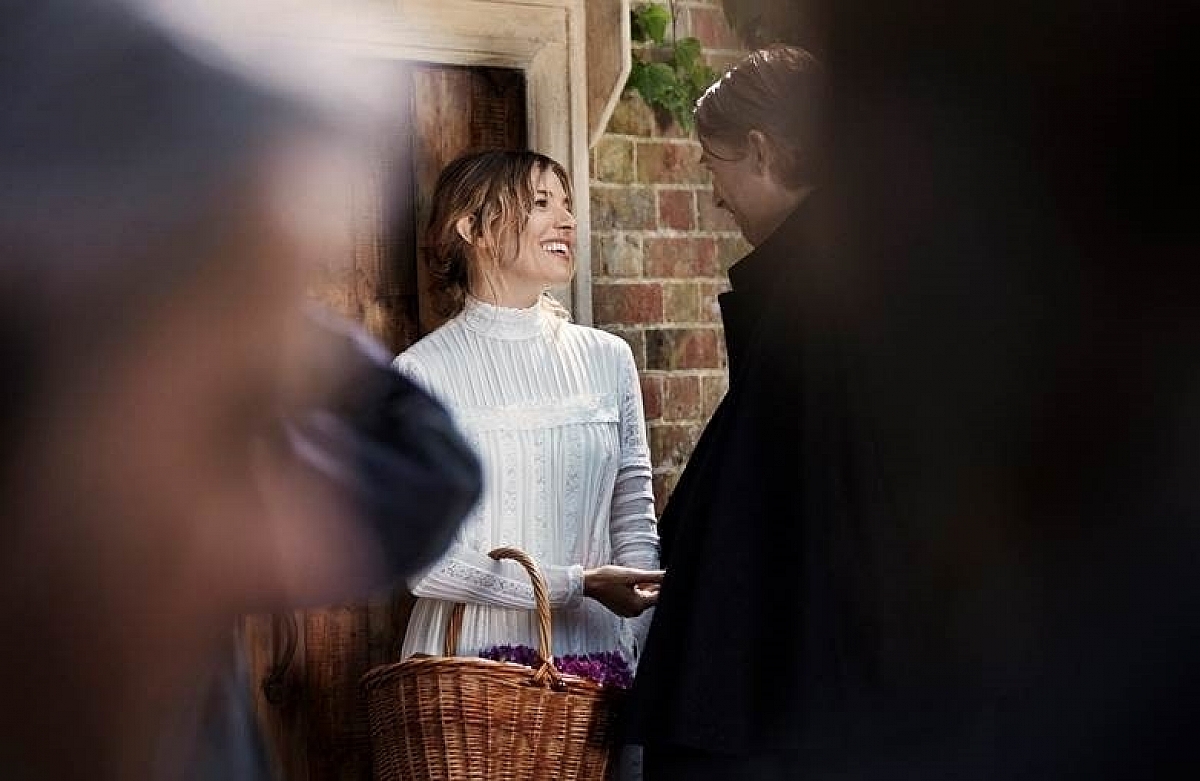
Sienna Miller as Thomas Burberry’s fictional first love. © Images courtesy of Burberry.
“When I shoot on film, I like to go with a Tungsten base, as you can play with the tone and the warmth of the image through the on-set lighting and camera filtration. My go-to stock is 5219 500T as it has fantastic dynamic range, and we had a lot of different day interior and night interior/exterior scenes to cover on this production. It also works seamlessly with the 200T, which I used on the cool, overcast and rain-drenched day exterior scenes. To give an authentic archive feel to the trench and exploration scenes, I used the DOUBLE-X 5222 negative as it has a unique look, in the way it reacts to light and then processes through the lab, which is really hard to emulate digitally.”
Given scale of the project and the six-day production schedule, Freeman attests to the galvanizing properties of film.
“Shooting on 35mm makes you very disciplined on set. Right through the crew and the cast, everyone is focused on their task when the director says ‘Action,’” he remarks. “What’s more, film is perfectly affordable. The misconception with digital is that there are no stock and processing costs. But, believe me, there can be a sting in the tail when you shoot digitally, and you can very quickly rattle-up huge costs when you keep the camera running on-set or when you want to search for something later on in post production. There’s absolutely no cost reason to skimp on the production format, and if you are looking for beauty, film is simply the best.”